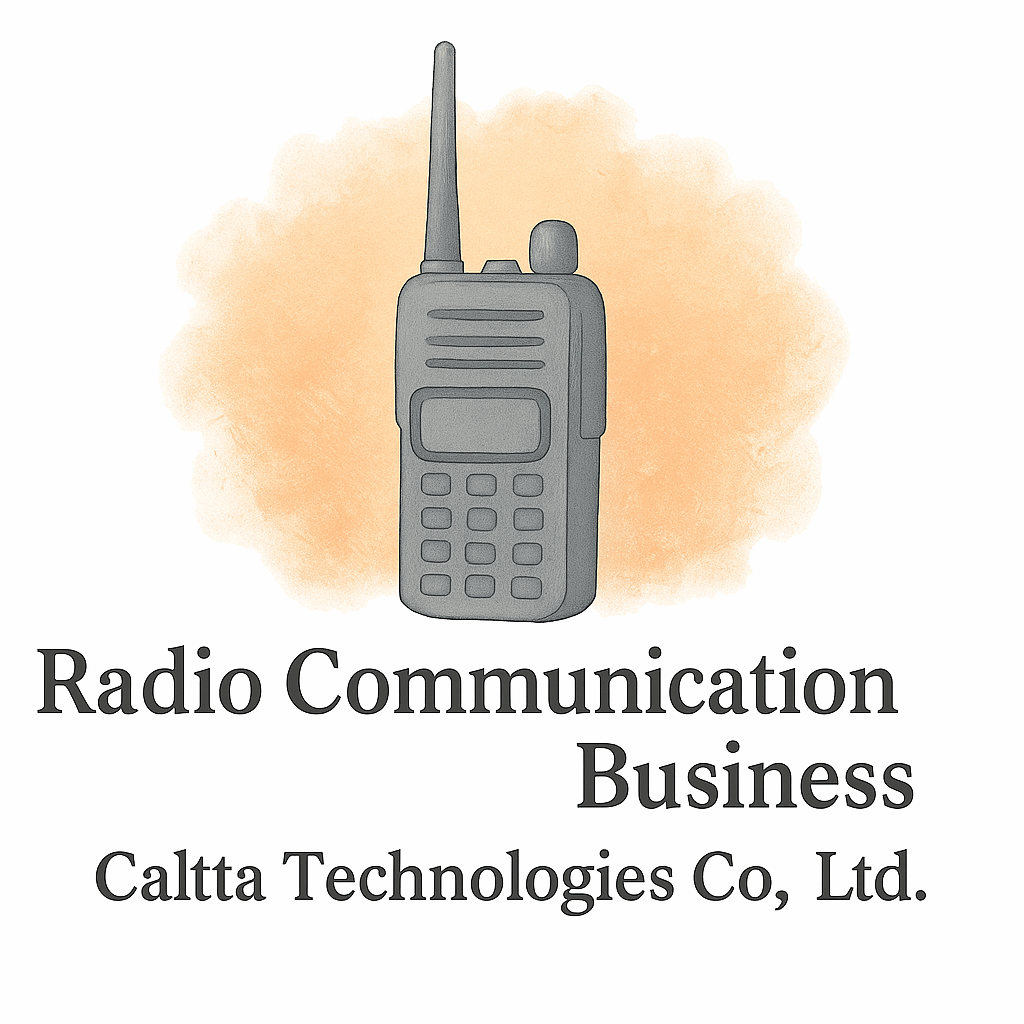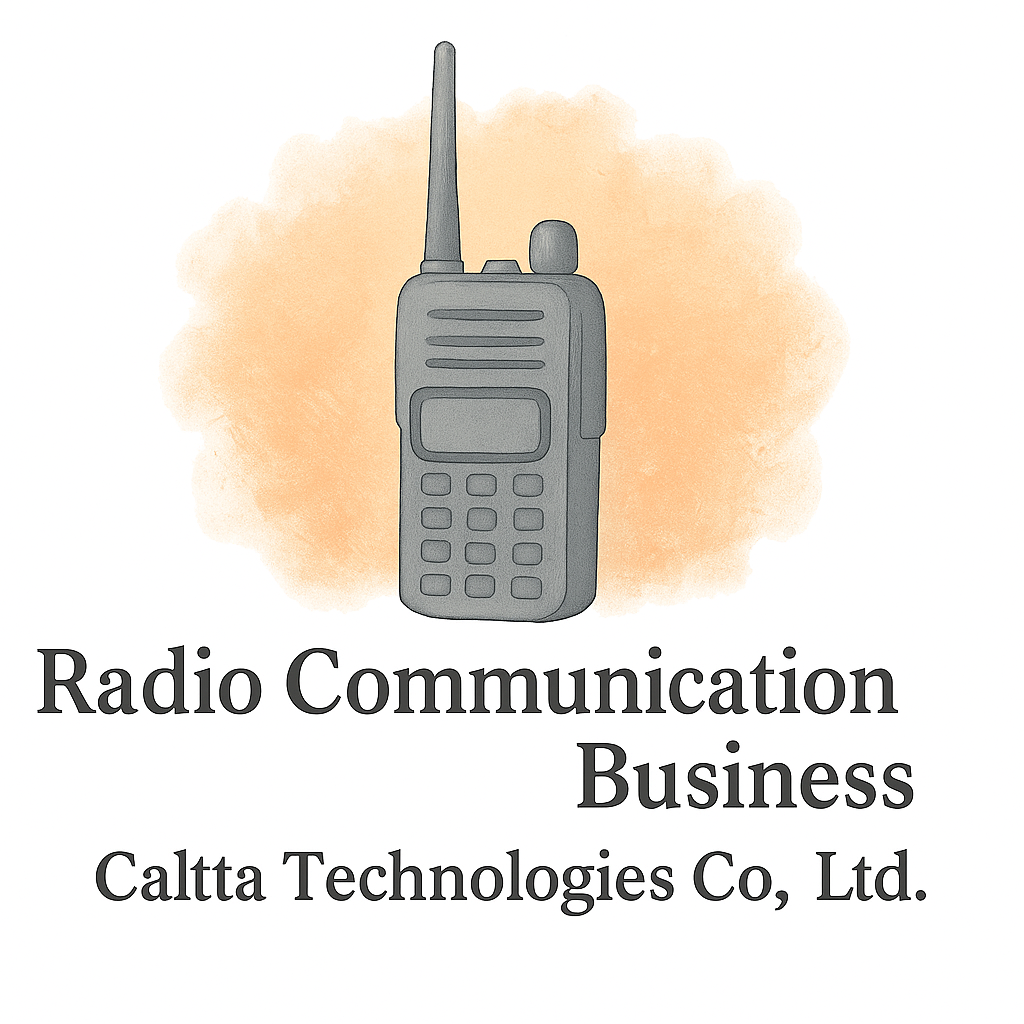Introduction: Why Standardized Radio Communication Matters
If you’ve ever listened in on two agencies trying to coordinate during a crisis, you know how messy things can get. Miscommunication, overlapping chatter, and inconsistent terminology can delay critical decisions. Standardized radio communication isn’t just a fancy buzzword—it’s a survival tool for agencies. Whether you’re in public safety, transportation, or corporate security, establishing consistency saves time, reduces mistakes, and even saves lives.
Before we break down the 6 steps to standardize radio communication in agencies, let’s recognize the big picture: communication is the lifeline of any organization. Without a clear structure, messages get lost in the noise.
Step 1: Assess Current Radio Communication Systems
Identifying Common Communication Barriers
The first step is figuring out where the cracks are. Agencies often face challenges like overlapping frequencies, jargon-heavy language, or staff using personal styles of communication. These create confusion when multiple departments try to collaborate.
Reviewing Existing Equipment and Technology
An outdated system can hold you back. Radios that drop signals, batteries that die mid-shift, or incompatible devices between agencies can be dangerous. Review what’s currently in use and highlight gaps that could undermine communication.
Evaluating Signal Coverage and Dead Zones
Coverage gaps are silent killers of efficiency. Mapping dead zones—like parking garages, basements, or remote locations—helps you anticipate problems before they happen. Modern tools highlighted in equipment and technology resources can help overcome these issues.
Step 2: Establish Clear Communication Protocols
Standard Call Signs and Terminology
Imagine if every department had its own lingo—chaos, right? Creating standardized call signs and terminology ensures everyone speaks the same “radio language.” This avoids confusion when multiple agencies share channels.
Prioritization of Messages
Not every message carries the same weight. Establish a clear hierarchy.
Emergency vs. Routine Communication
Emergencies get immediate priority. Routine updates should be concise and structured. Training staff to understand these priorities can cut down unnecessary clutter on the airwaves.
Step 3: Choose the Right Equipment and Technology
Modernizing Outdated Radio Systems
Holding on to old analog radios might feel comfortable, but they often lack encryption, clarity, and compatibility. Upgrading ensures smoother, more secure transmissions.
Investing in Reliable Tools for Agencies
Choosing the right equipment isn’t about buying the most expensive—it’s about buying what works. Agencies should focus on durability, battery life, and clarity. Explore industry-approved equipment to find the right fit.
Integration with Other Communication Platforms
Today, communication extends beyond radios. Linking radios with smartphones, tablets, or dispatch software enhances coordination. Agencies can find strategies for integration in business startup basics.

Step 4: Train Staff on Standardized Practices
Regular Training Sessions
Even the best equipment is useless if staff don’t know how to use it. Training ensures consistency and builds confidence.
Hands-On Simulation Exercises
Simulations mirror real-world scenarios. Agencies can test how teams respond during emergencies and refine protocols before a crisis hits.
Addressing Common Mistakes in Radio Communication
From forgetting call signs to talking too fast, mistakes happen. But repeated training minimizes these errors. For tips and tricks, explore communication hacks that agencies can adopt.
Step 5: Ensure Compliance with Industry Regulations
Understanding Legal Frameworks
Radio frequencies are tightly regulated. Agencies must know what laws govern their use. Explore law and regulation updates to stay compliant.
Staying Updated on Regulation Changes
Compliance isn’t a one-time job. Regulations change, and agencies must adapt. Following industry insights ensures agencies never fall behind.
Compliance as a Cost-Saving Measure
Breaking the rules can lead to fines or revoked licenses. Compliance isn’t just a legal must—it’s a smart financial move. Learn more in financial planning.
Step 6: Monitor, Evaluate, and Improve Continuously
Regular Audits of Communication Systems
Audits catch weak spots. Agencies should periodically test equipment, protocols, and training effectiveness.
Gathering Feedback from Staff
No one knows the gaps better than those on the front lines. Create feedback channels where staff can share real-world experiences.
Leveraging Industry Insights for Improvement
New trends, tools, and methods constantly emerge. Agencies that monitor industry insights stay ahead of the curve.
Challenges Agencies Face in Standardizing Communication
Budget Constraints
Money is always a hurdle. Agencies need strategies to stretch resources without compromising safety. Solutions can be found in budget tips.
Resistance to Change
Humans are creatures of habit. Shifting to standardized protocols can meet pushback, especially from seasoned staff.
Overcoming Knowledge Gaps
Some staff may not have the technical know-how. Bridging these gaps requires training and patience. Explore practical business setup strategies to guide transitions.
Tools and Resources for Standardizing Radio Communication
Recommended Equipment and Technology
From rugged handheld radios to dispatch integration software, agencies have plenty of options. Explore equipment technology for trusted solutions.
Software and Digital Integration Tools
Digital tools enhance clarity, record conversations for training, and ensure compliance. They also help with cost-saving by reducing wasted resources.
The Role of Networking and Conferences in Communication Standards
Sharing Best Practices Across Agencies
Conferences are goldmines for learning. Agencies can share challenges, solutions, and best practices. Follow conference events for updates.
Building Partnerships for Stronger Communication
Networking isn’t just about shaking hands—it’s about building reliable support systems. Agencies benefit from aligning with others in their industry.
Marketing and Branding the Importance of Clear Communication
Promoting Safety and Efficiency
Good communication saves lives and improves efficiency. Agencies should highlight this in their marketing and branding strategies.
Building Public Trust Through Professionalism
Clear communication shows the public you’re in control. Trust grows when agencies handle crises with professionalism and confidence.
Conclusion: Building a Culture of Clear Radio Communication
At the end of the day, standardizing radio communication isn’t just about radios—it’s about culture. It’s about creating habits, systems, and trust. Agencies that commit to these 6 steps to standardize radio communication in agencies will not only improve efficiency but also foster safety and public confidence.
It’s a journey, but every step forward builds a stronger, more reliable foundation.
FAQs
1. Why is standardized radio communication important for agencies?
It ensures clarity, reduces errors, and speeds up decision-making, especially during emergencies.
2. What’s the first step agencies should take?
Start with an assessment of existing systems and identify communication gaps.
3. How often should agencies train their staff?
At least quarterly, with additional refreshers after major updates or new equipment rollouts.
4. Can smaller agencies afford modernization?
Yes—by focusing on priority upgrades and exploring cost-saving solutions.
5. How do agencies handle resistance to change?
Through ongoing training, clear communication, and involving staff in the transition process.
6. Are there legal risks in using unregulated radio channels?
Absolutely. Agencies risk fines, compliance issues, and even loss of communication rights.
7. What role does technology play in standardizing communication?
Technology ensures reliability, integration, and scalability—making standardization smoother and more effective.


